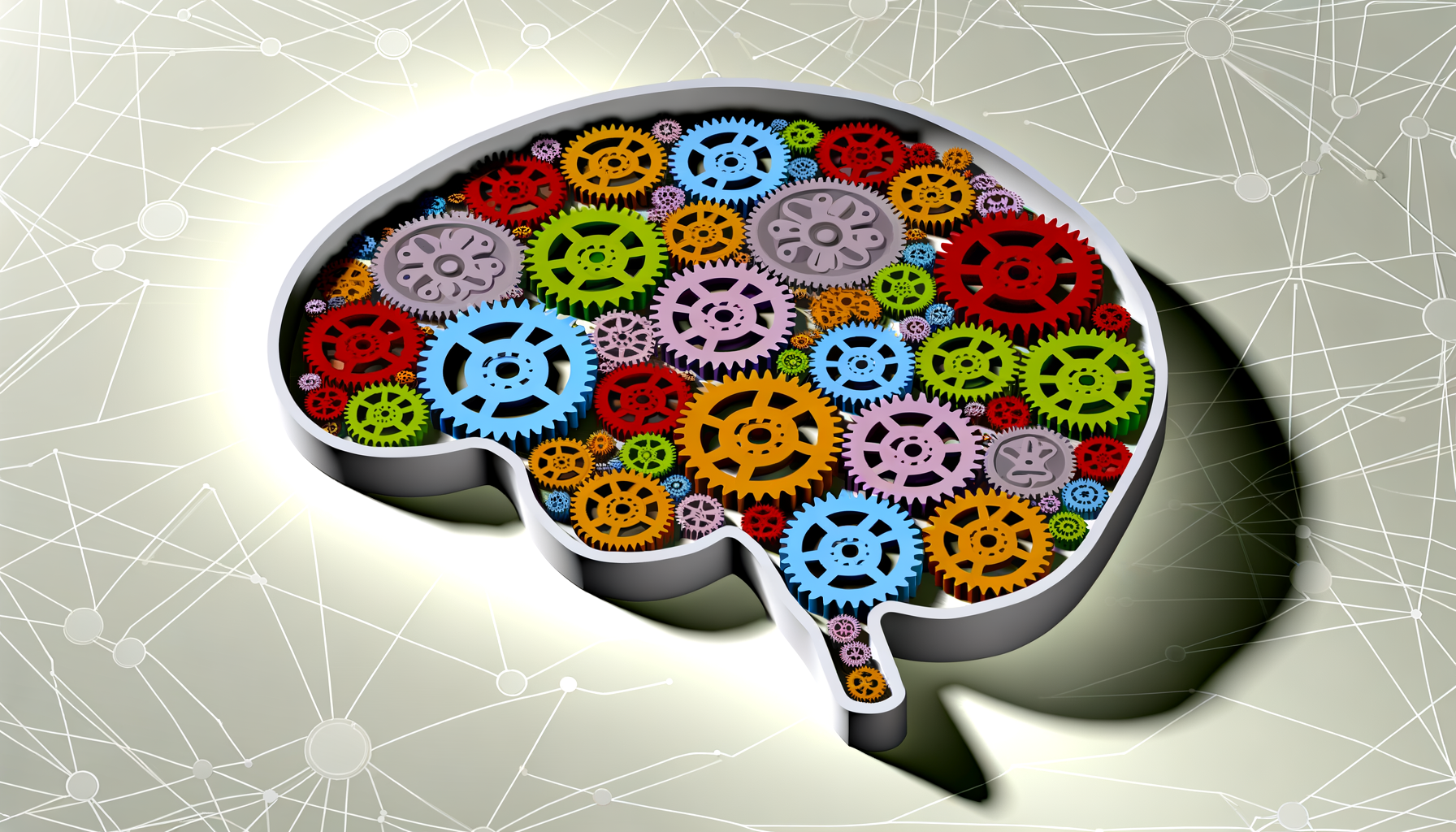Your Brain Is Rationing Energy Without Permission
Discover how burnout affects brain networks, leading to cognitive decline. Learn strategies to reverse these effects and restore mental clarity.


Your brain is running an energy conservation program you never authorized.
Right now, as you read this, your frontal cortex might be quietly shutting down non-essential functions to keep you functional. The consciousness networks that normally talk to your emotional centers have gone silent. Your attention areas are hypervigilant, scanning for threats while cortisol and adrenaline run the show.
This isn't fatigue. This is your brain running on fumes.
When I look at qEEG brain maps, the difference between someone who's tired and someone who's burned out is unmistakable. We see consciousness networks disconnected from the central executive and emotional networks. The entire neural engine is sputtering just to keep a check on reality.
The Tipping Point Your Brain Doesn't Announce
The tipping point happens when energy production becomes chronically fatigued in your salience and central executive networks. These areas in your frontal lobe are the most energy-demanding tissue in your body per gram.
Your brain starts rationing. It pulls vigilance into attention centers only, away from executive function areas. You can still perform, but something fundamental has shifted.
I've been there myself. You feel like there are too many tabs open on your computer. The high-performing system begins to slow. Procedural memories don't stick like they used to. You wake up stressed in the latter part of the night instead of cycling through proper REM sleep stages.
You think only in terms of getting it all done. You stop sitting back to reflect on things you appreciate.
Meet John, a once-thriving business owner whose company nosedived. The stress became chronic. Even after things stabilized, he was plagued by anxiety, exhaustion, and disconnection from his own body. Medications dulled him. His psychologist stepped away, offering no alternatives.
When John came to us, his qEEG showed 87% impairment in salience-executive connectivity. His amygdala was hyperactive. His interoceptive awareness was severely muted.
Why Your Brain Becomes Structurally Different
Burnout creates measurable changes in brain structure. Decades of research show chronic stress causes gray matter reduction in the prefrontal cortex and anterior cingulate cortex. These areas are vital for emotion regulation and decision-making.
During the COVID-19 pandemic, researchers using PET imaging found persistent inflammation markers in the prefrontal and anterior cingulate even months after infection. The brain becomes more reactive under prolonged cortisol exposure.
Studies from Yale University reveal that even healthy individuals experiencing stressful life events show markedly lower gray matter in portions of the medial prefrontal cortex.
Your salience network breaks down. This is how you detect and respond to internal signals. The connectivity between your salience network and central executive network gets disrupted.
Standard medicine treats symptoms with medications for mood, sleep, or anxiety. But medications don't reverse the underlying dysfunction: brain network breakdown, inflammation, and cortisol damage.
The Gender Brain Complexity Factor
Women experience burnout at significantly higher rates. Current data shows 46% of women report higher burnout levels compared to 37% of men.
Women's brains are slightly more complex to start with. They tend to be the organizers of family health and wellbeing from a moment-to-moment perspective. The pressure to keep everything together is constant.
Then hormones and menopause change everything from energy to mood to metabolic efficiency. Women make up larger portions of high-risk professions: healthcare, education, social work, emergency services.
They also tend to suffer in silence.
This creates a perfect storm for neural network breakdown. The brain's energy rationing system kicks in earlier and more severely.
Recovery Is Predictable When You Address The Root
For John, we initiated a multidisciplinary protocol targeting neuroplasticity, biochemistry, and bodily regulation simultaneously.
ISF Neurofeedback targeting salience-to-central executive reconnection. High-dose NAD+ IV therapy to rebuild mitochondrial health. Anti-inflammatory gut and nutrient support. Acupuncture focused on anterior cingulate and brain-gut axis.
Results at three months: Salience-executive impairment dropped from 87% to 23%. John felt mental clarity, less anxiety, more energy. His interoceptive awareness returned. He could sense the change. qEEG, our best brain function quantification tool, tracked a reduction in amygdala reactivity.
With his neural networks and biochemistry realigned, we referred John to EMDR therapy. Now his brain was ready to process deeper trauma, reconnect with his body, and reclaim his sense of safety.
Research shows these brain changes can be reversed. A 2018 study found that cognitive behavioral therapy for burnout reduced amygdala size and returned the prefrontal cortex to pre-stress levels.
The 15-Year Problem
Despite conclusive neurobiological data, it takes 15 to 17 years for clinical practice to catch up to research findings. Even as scientists understand the brain changes behind burnout, most healthcare providers focus on symptom management.
We have an absolute crisis in our society. All healthcare providers need to operate with this understanding as a guiding principle. Not just for diagnosed mental health conditions, but for everyone.
The epidemic stems from everything: too much mental work, poor sleep, screens and notifications, being overfed and undernourished. Chronic stress in all its forms.
Hear Your Suffering Before It Explodes
Work hard to hear your suffering before it explodes. This requires mental health fortifying strategies.
Start with a morning routine incorporating breathing and exercise. Understand that your attention to any particular task oscillates every 90 minutes. You have 20 to 30 minutes of optimal mental performance, then you need a 15 to 20 minute break or task switch.
At least two of those mental breaks every few hours need to be inwardly focused attention to your breath. Essentially meditation. This reconnects and rebalances your autonomic nervous system back to the salience network. Like plugging in your computer battery and closing all the tabs.
Institute quarterly or monthly resets of diet and lifestyle. Your brain needs these recovery periods to restore its energy management systems.
When Brains Heal
When someone's brain networks successfully restore, they tell me the world looks different. They feel refreshed, totally. Like they can finally rest.
The world seems brighter in color, visually and mentally. They can think clearly. They're not hurried in their rush to achieve.
They can just be.
Recovery from burnout is not only possible, it's predictable when you address the root: brain network dysfunction, inflammation, and cortisol damage. With neuroplasticity-centered approaches, mitochondrial support, inflammation control, brain-body therapies, and trauma-informed care, healing becomes systematic.
The science is there. Clinical application just needs to catch up.
Your brain's energy crisis is real, measurable, and reversible. The question isn't whether recovery is possible. The question is whether you'll recognize the signals before your brain decides to ration energy without your permission.
Ready to feel like you again?
* Your next step toward feeling better starts today. At The Dearing Clinic we make it simple to get started with care that truly fits your life. Book your visit now and let’s design a plan that restores your energy, relieves your pain, and helps you enjoy more of what matters most.


